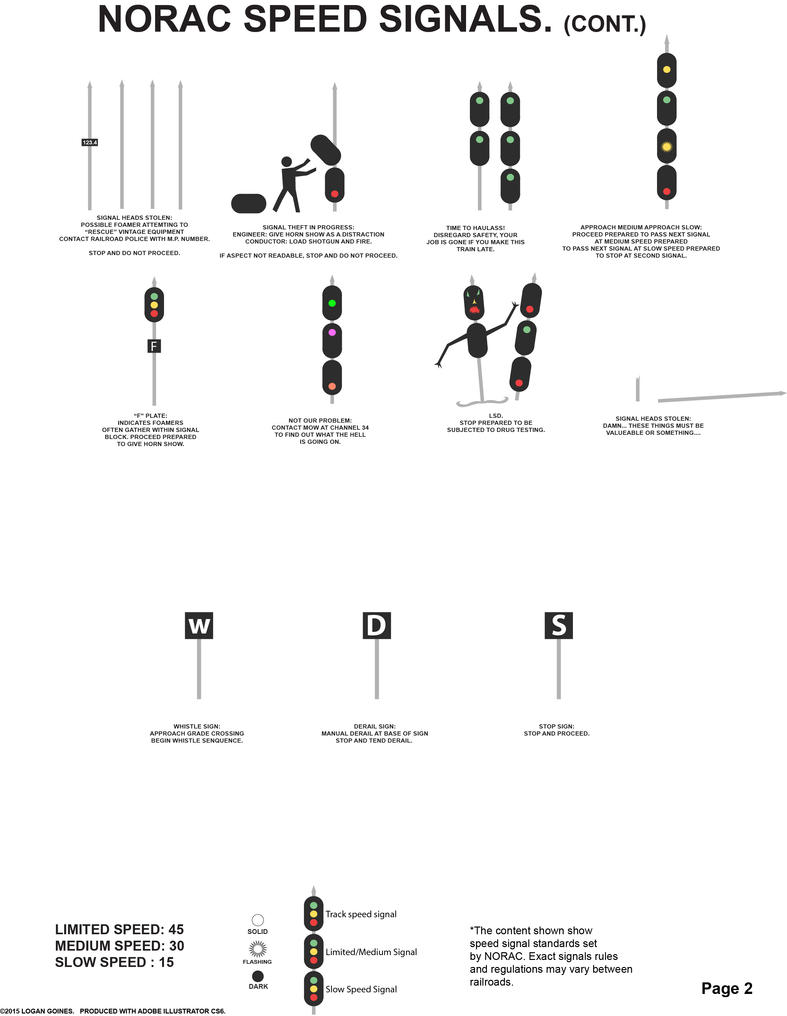Yup. I wanted to know the details and apparently you don't have the information that I was seeking. Thanks for stating the obvious though. Anyway you of course do realize that your response to the material quoted is what would be characterized as "non-responsive blather ".

So, now that you have read the "norac rules"
And understood all 300 of those rules, and the at least 3 or 8 signal aspects that might mean the same rule, or not, depending on what rails your trains is on
And tried to understand the NORAC system, which tries to encode with lineside signals both speed rules, upcoming diversions, and absolute signals.
The Cab signals are a lot clearer than the NORAC rules.
You wanted the details -- I gave "non-responsive blather"
You got the NORAC rule book.

Because -- the NORAC rules can only lead to "non-responsive blather"
The NORAC rules -- LOOK at the rules --
NORAC rules -- OK I'm an idiot -- but having 3-5 alternative signal aspect rules for "Approach medium speed then go slow and prepare diverge" -- the cab signals are so much clearer when they work.
The ancient NORAC rulebook -- at least 5 alternative wayside signals for each possible engineer response.
Lose the details, get on PTC, forget trackside signals.
BUT, if you have to run a train on the NEC -- lotsa good systems -- just learn a few incompatible systems and never forget which rules and which track you are on




























































